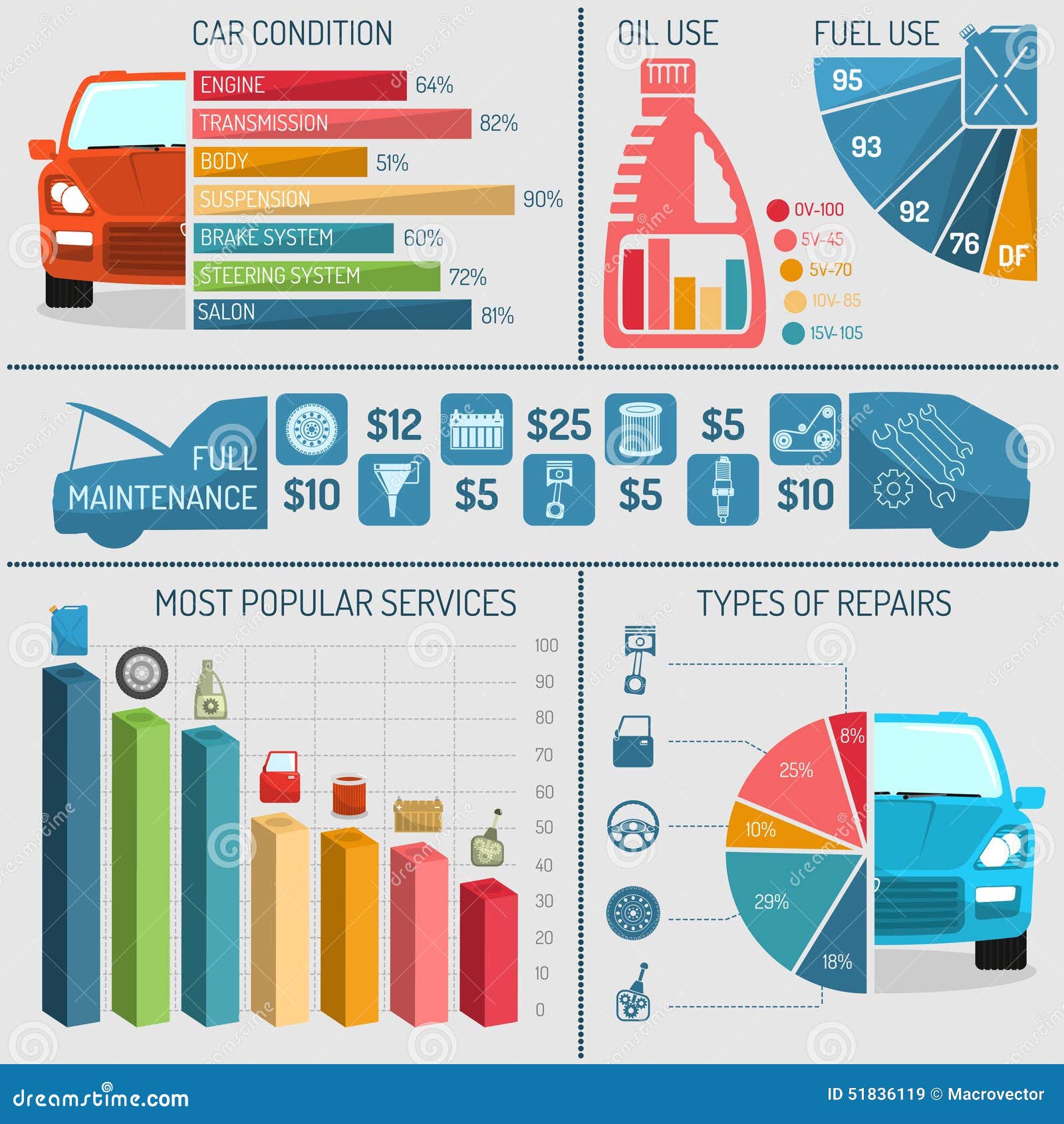Evaluating Your Automobile'S Warning Indicators: What They Actually Communicate
Evaluating Your Automobile'S Warning Indicators: What They Actually Communicate
Blog Article
Authored By-Vinson Winters
When you're behind the wheel, those radiant caution lights on your dashboard can be a bit puzzling. Do you know what they're attempting to inform you concerning your car's health? Understanding the importance of these lights is crucial for your security and the durability of your vehicle. So, the following time one of those lights pops up, would not you wish to understand its message properly and take the necessary actions to address it?
Common Warning Lighting and Interpretations
Identify typical warning lights in your cars and truck and understand their definitions to guarantee secure driving.
One of the most typical caution lights consist of the check engine light, which indicates problems with the engine or discharges system. If this light comes on, it's important to have your lorry examined promptly.
The oil stress cautioning light shows low oil stress, calling for prompt attention to avoid engine damages.
A flashing battery light may suggest a faulty billing system, possibly leaving you stranded otherwise attended to.
The tire pressure tracking system (TPMS) light signals you to reduced tire stress, impacting lorry stability and fuel effectiveness. Disregarding this can result in dangerous driving conditions.
The abdominal muscle light shows a problem with the anti-lock braking system, jeopardizing your ability to quit promptly in emergency situations.
Lastly, the coolant temperature advising light warns of engine overheating, which can result in severe damage otherwise settled quickly.
Comprehending these usual caution lights will certainly help you deal with problems quickly and preserve safe driving conditions.
Relevance of Prompt Focus
Comprehending the usual caution lights in your car is just the primary step; the relevance of promptly addressing these cautions can't be highlighted enough to guarantee your security when driving.
When a caution light illuminates on your control panel, it's your vehicle's method of interacting a potential issue that needs interest. Ignoring these cautions can lead to extra serious problems down the road, jeopardizing your safety and potentially costing you much more in repairs.
Prompt attention to advising lights can protect against malfunctions and mishaps. For car exterior detailing , a flashing check engine light can suggest a misfire that, if left unattended, might create damage to the catalytic converter. Resolving this immediately can conserve you from a costly repair service.
Likewise, a brake system warning light might signal low brake fluid or worn brake pads, essential parts for your safety and security when driving.
Do It Yourself Troubleshooting Tips
If you notice a warning light on your control panel, there are a couple of DIY repairing suggestions you can try prior to looking for expert aid.
The first step is to consult your automobile's handbook to understand what the specific caution light shows. Occasionally the problem can be as basic as a loosened gas cap activating the check engine light. Tightening up Highly recommended Internet page may deal with the problem.
An additional usual problem is a reduced battery, which can trigger various cautioning lights. Checking the battery connections for rust and guaranteeing they're safe and secure might repair the issue.
If a warning light lingers, you can try resetting it by disconnecting the vehicle's battery for a few minutes and afterwards reconnecting it. Additionally, inspecting your lorry's liquid levels, such as oil, coolant, and brake liquid, can aid fix alerting lights associated with these systems.
Conclusion
In conclusion, recognizing your car's warning lights is essential for keeping your automobile running efficiently and safely. By without delay dealing with these alerts and recognizing what they suggest, you can avoid costly fixings and possible malfunctions.
Remember to consult your car's handbook for particular details on each cautioning light and act appropriately to guarantee a hassle-free driving experience.
Stay informed, remain risk-free when driving!
